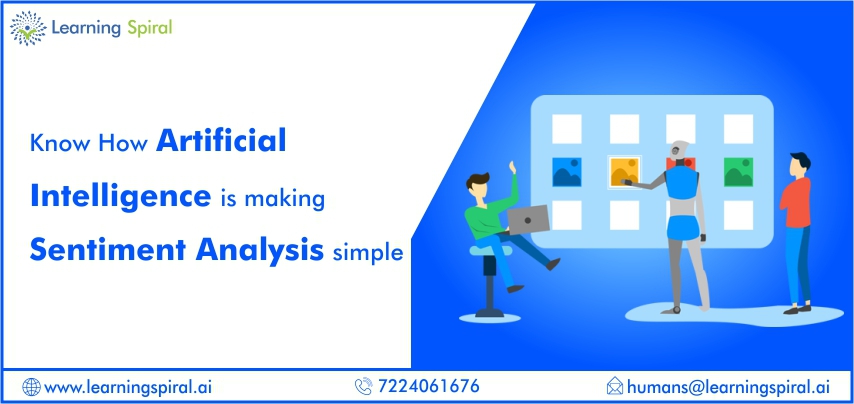
Sentiment & intent analysis
Under Sentiment analysis we inspect user input and identify the prevailing subjective opinion, especially to determine a user’s attitude as positive, negative, or neutral. When making a detect intent request, you can specify that sentiment analysis is performed, and the response will contain sentiment analysis values. Our human-powered text annotation empowers enterprises to identify and extract intent or sentiment.
Sentiment analysis (the ability to tell whether or not a statement is negative or positive) while sentiment analysis didn’t cover one significant step it didn’t include the positive or negative, how to address it, or which aspects are more positive than others.

Through various Data annotations including image annotation & deep learning techniques, AI became more smart and intelligent, but a different problem emerged: lack of data and through a large number of Data labeling provided by data labeling companies it taught AI how to understand what customers are saying, you can’t exactly have it talk to itself to generate new training data. As an outcome, it was clear that in order to build an AI that could learn how to understand customer feedback and add value to the conversation and provide more sources of knowledge to AI and that made sentiment analysis simple.
AI is making sentiment analysis simple in the following ways:
A better understanding of customers feedback
These days due to high levels of competition in every industry it’s very necessary to analyze what our customers think about our products and services and so both sentiment analysis and AI is being transformed and becoming smart enough to understand the customers feedback well that includes understanding the tone of a statement in place of simply understanding whether certain words within a group of text have a positive or negative connotation. This is very important to improve customer engagement and understand customer interests in particular products and services. Monitoring customer feedback and making new changes & policies regarding the same is a very important function of AI and sentiment analysis engines.
Sentiment helps in Decision Making
Sentiment analysis or emotion AI, and it involves analyzing views and reviews – positive, negative, or neutral – from written text to understand and gauge reactions.
Our customers’ opinions and feedback are essential to make important decisions. As these days through social media and many web platforms we can get plenty of reviews and feedback and from these Sentiment analysis can transform unstructured content into structured data and can get a summary analysis of product or service popularity or a clear picture of their image. The above summary data can be used by companies to make new policies accordingly. Sentiment analysis is used to gain an understanding of the opinions, emotions, and attitudes in a text.
FUTURE
Great support to the automobile industry
Affective computing takes sentiment analysis from text to audio and video. With the right AI, car companies may use affective computing to determine the safety of passengers by checking many details about the driver if a driver is drunk or tired. Are their words making sense?
Sentiment analysis + AI together with cognitive recognition and affective computing can also help for safety purposes
It’s very necessary to have annotated data in sentiment analysis and it helps to improve customer experience in many industries
Conclusion
Sentiment analysis is very necessary for many industries in many ways and AI is helping it grow in many simpler ways
Learning spiral, Data Labeling company provides data annotation services and helps you to create and enhance machine learning models with utmost accuracy. Pick the best data labeling and Data annotation company for computer vision, NLP projects while saving money and time!

